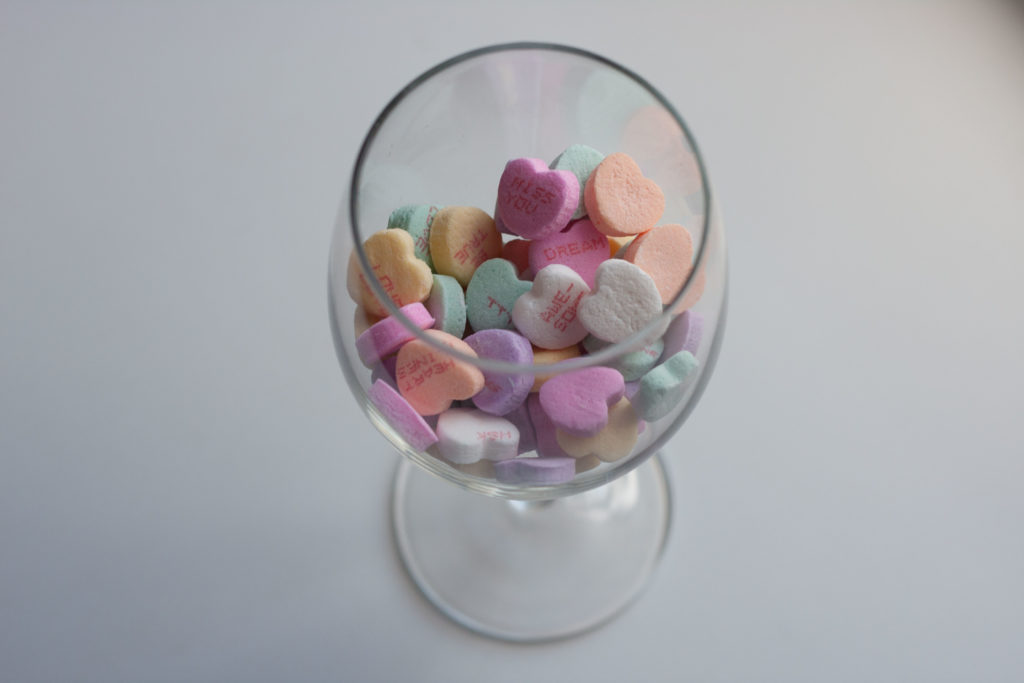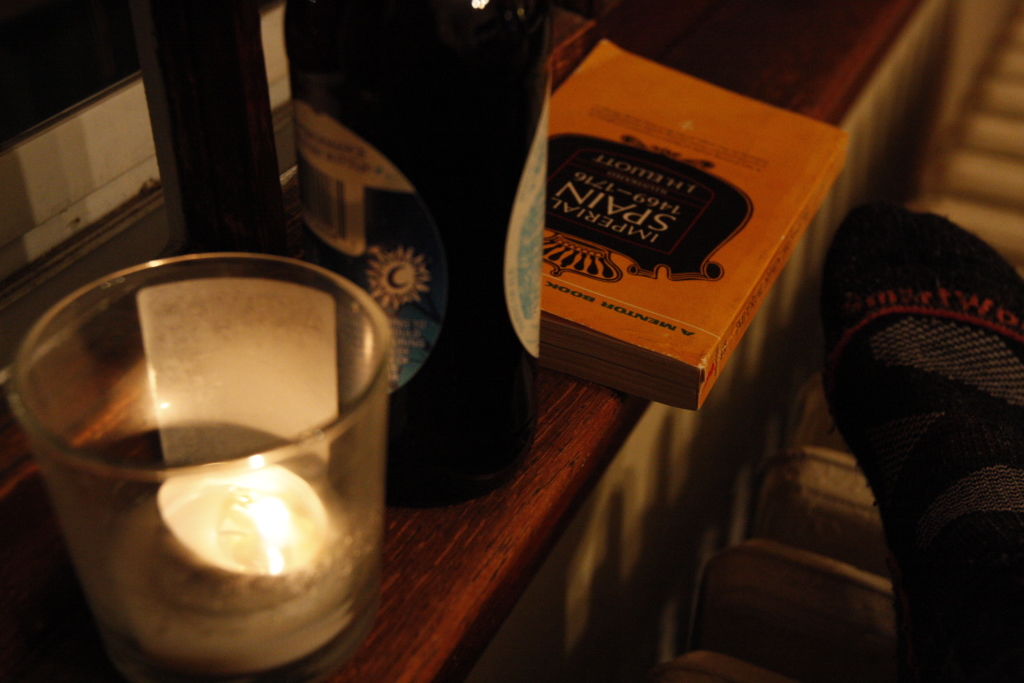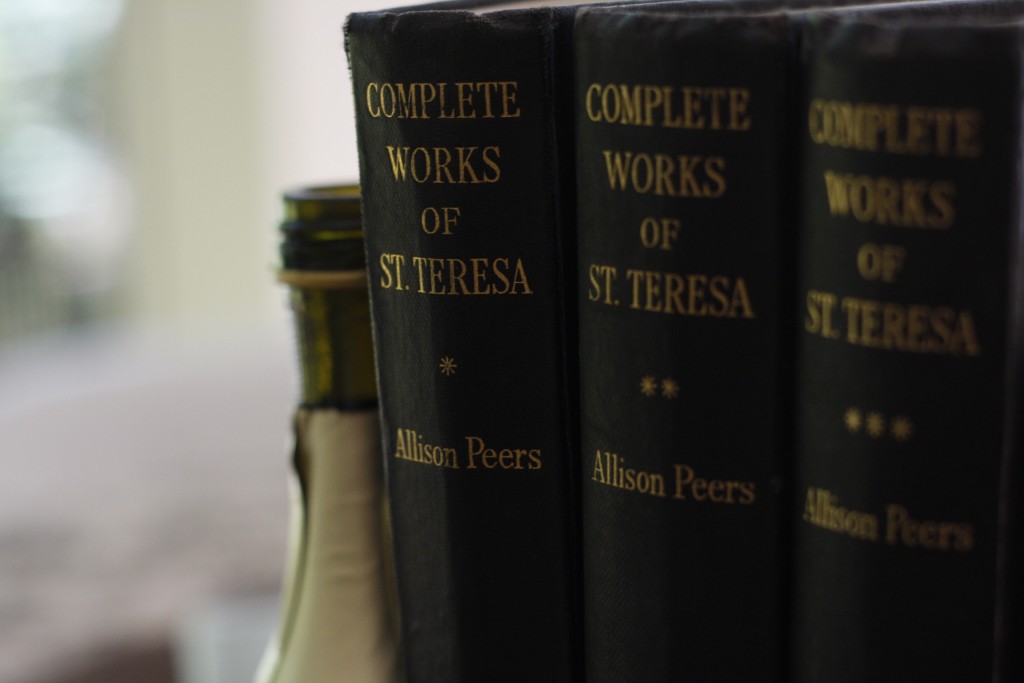Have a drink with: Thomas Nashe
It was the merry month of February…
Ask him about: Valentine’s Day plans
Though he lived in Elizabethan England, Thomas Nashe was not an unfamiliar figure to modern thinking: in his twenties, Nashe was out of college, short on funds and trying to make it as a writer in London. It was a tough time for a writer without independent wealth or consistent patronage – plague outbreaks made life dangerous and, as a practical matter, often closed the theaters that called on writers for material. And while young Thomas was very talented, let’s face it: when you’re a freelance writer, no matter how good you are sometimes you’ve just gotta pay the bills. Sometimes having to “prostitute my pen in hope of gain” means writing corporate sales copy, sometimes it means ghostwriting, and yes, sometimes it means reluctantly writing raunchy poems about sex toys. Welcome to the Elizabethan Cialis ad.



